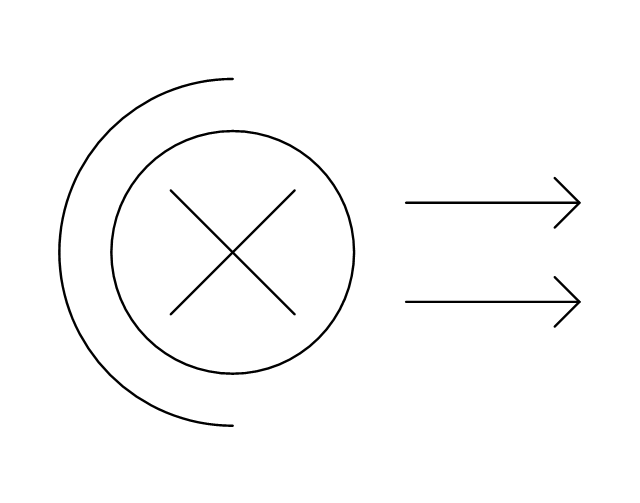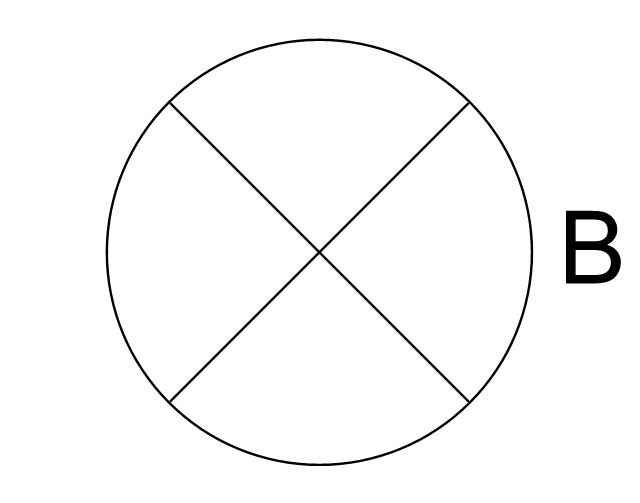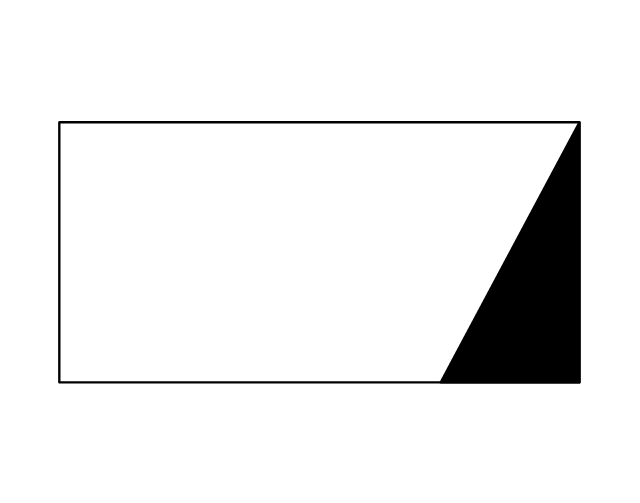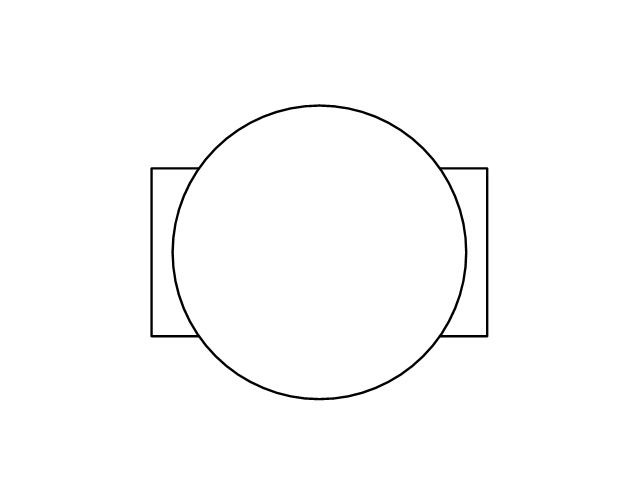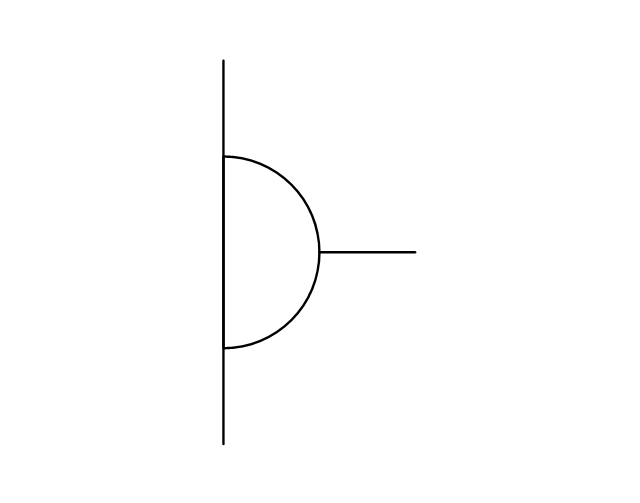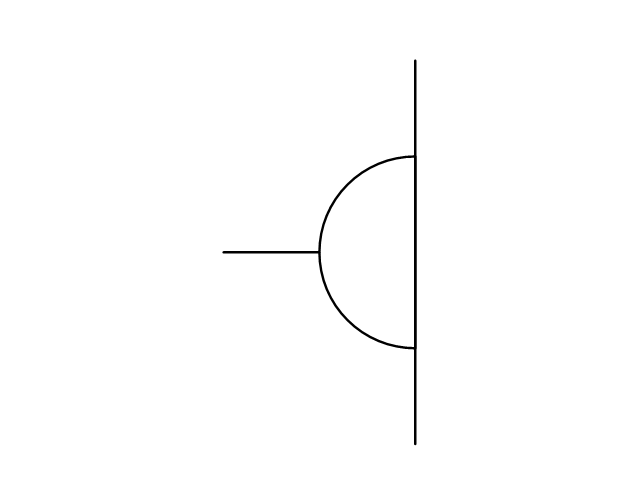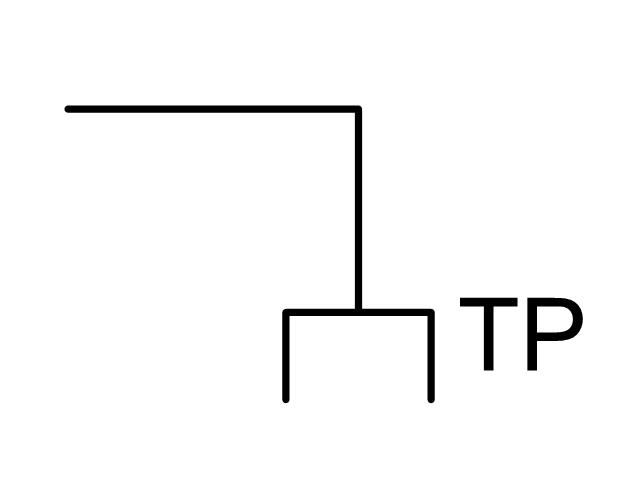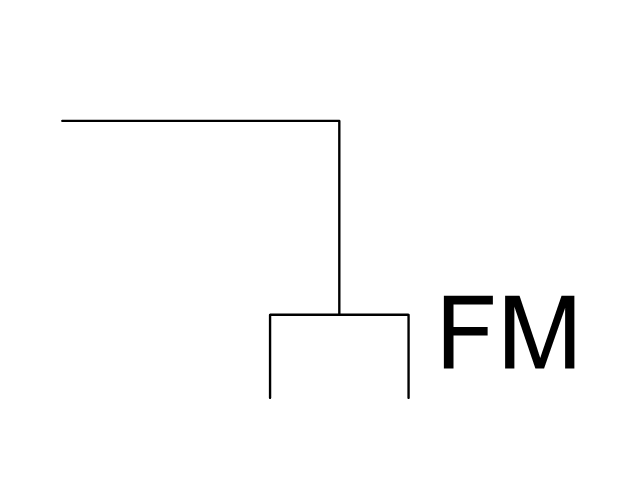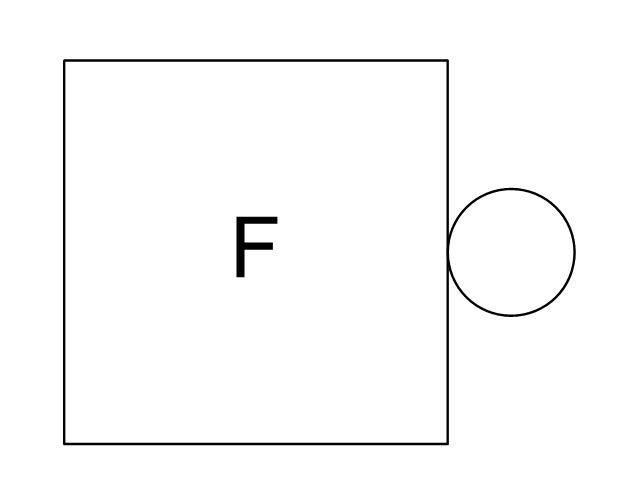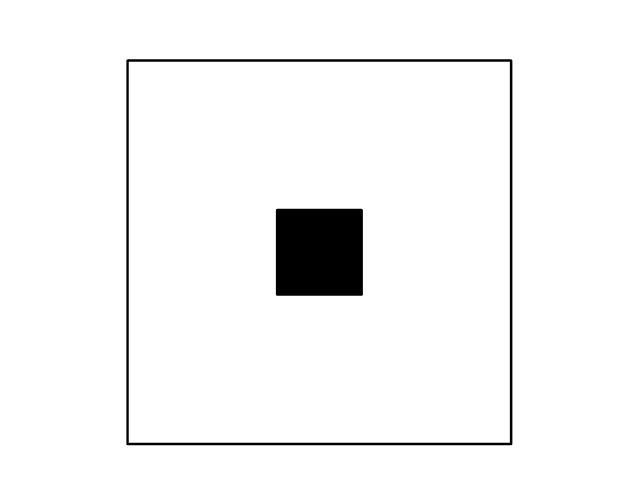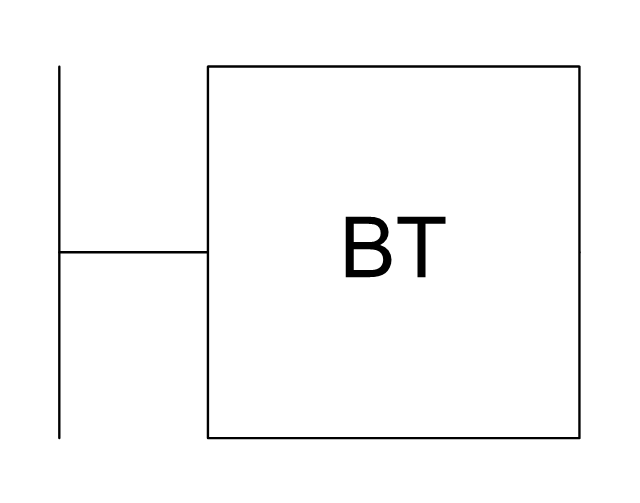The vector stencils library "Electrical and telecom" contains 83 symbols of electrical and telecommunication equipment.
Use these shapes for drawing electrical and telecom system design floor plans, cabling layout schemes, and wiring diagrams in the ConceptDraw PRO diagramming and vector drawing software.
The vector stencils library "Electrical and telecom" is included in the Electric and Telecom Plans solution from the Building Plans area of ConceptDraw Solution Park.
Use these shapes for drawing electrical and telecom system design floor plans, cabling layout schemes, and wiring diagrams in the ConceptDraw PRO diagramming and vector drawing software.
The vector stencils library "Electrical and telecom" is included in the Electric and Telecom Plans solution from the Building Plans area of ConceptDraw Solution Park.
- Single Phase Electric Motor Winding Diagram Software
- Single Phase Motor Winding Diagram
- Electric Motor Rewinding Software
- Motor Winding Diagram Software
- Single Phase Electrical Motor Winding Diagram Download
- Fan Motor Winding Diagram
- Symbol Of Single Phase Wiring Diagram For House
- Single Phase Motor Winding Diagram Drowing
- Electrical Symbols, Electrical Diagram Symbols | Exhaust Motors ...
- Electrical Symbols — Logic Gate Diagram | Table Fan Winding ...
- Single Phase Wiring Diagram For House
- Process Flowchart | Connection Diagram Of Single Phase Table Fan
- Singlephasemotor Winding Diagrams
- Ceiling Fan Winding Diagram
- Table Fan Single Phase Pole Winding Diagram Connection
- Electric Fan Winding Diagram
- How To Rewind Electric Fan Motor Diagram
- Exhaust Fan Winding Data
- Table Fan Motor Winding Download








